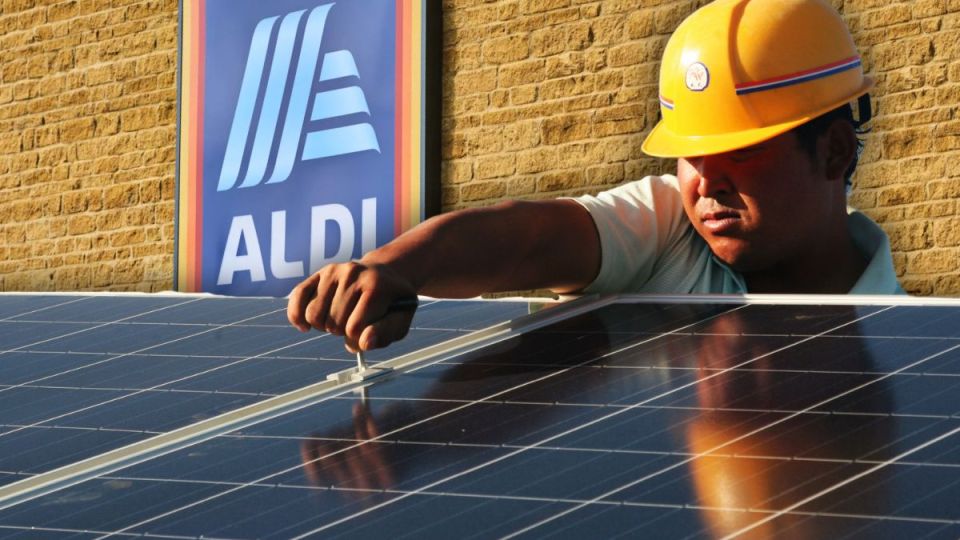


Back in 2007, $8000 would get you one kilowatt of solar panels on your roof. Today, Aldi is promising six kilowatts of panels AND a 4.6-kilowatt (usable) battery installed for the same money.
We’re watching something I call the “Aldification of solar” – the race by giant retailers to slap a discount tag on what used to be a specialist service.
While Aldi is dipping into low-cost electrical installs, Bunnings is offering EV charger hookups “starting at $699”.
Welcome to 2025, where you can grab a licensed electrical installation with your sausage sizzle.
Everybody loves a bargain
Look, I’m not here to mock low prices. Who doesn’t love grabbing a discounted cordless drill at Bunnings? For a specific model, you get the same warranty and performance, whether you paid top dollar or got it half price.
It’s the same with basic foodstuffs. Years ago, I worked in a UK factory where flour for high-end supermarkets and flour for discount shops ran through the same bagging machine.
One morning, someone would load the machine with boutique packaging, which sold for an arm and a leg; the next, it was a discount supermarket bag sold at a fraction of the cost (6p – or about 12 cents – per bag of flour, if I remember right). As far as I could tell, the contents didn’t change.
But while plain white flour is flour – no matter the bag – compliant electrical installations can look the same on a quotation yet hide big differences in long-term quality.
Solar is not the same as a bag of flour
Australian Standards often contain “shall” and “should” clauses. “Shall” is strict: Do it, or it’s legally non-compliant. “Should” is more of a best-practice tip.
Take the Australian Standard for Solar Installs: AS/NZ 5033.
Section 2.2.2 says the installer should allow for thermal expansion between panels, but I’ve lost count of how many solar panels I’ve seen jammed right against each other.
That might still technically be installed to code, but it’s not great for the system’s longevity, and it’s a perfect example of where “good enough” might not be good enough over time.
With solar or EV charging, there’s a team climbing on your roof, modifying your meter box, and deciding how to run cables through your forever home. Skill, attention to detail, and an eye for aesthetics don’t always come cheap.
By all means, grab your flour from Aldi, pick up a drill from Bunnings, and save a dollar where you can. But when it comes to hooking your million-dollar house to the sun or your $60,000 EV to your house, take a moment to ask: Is price your only criteria?
If you do choose the budget option, please do your homework on the contracting entity checking for any unresolved one-star reviews online. If the big-box retailer won’t divulge the installer’s details on the quote – I reckon that’s a big red flag.










